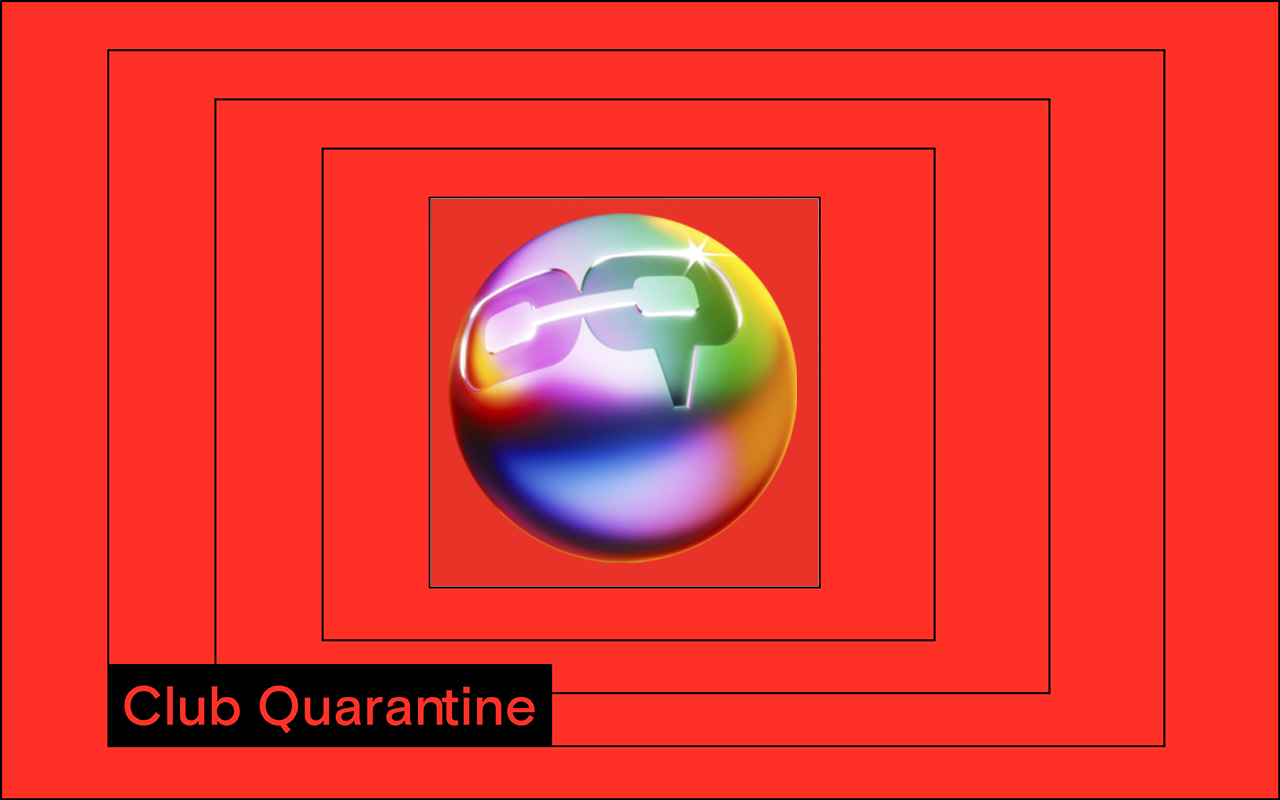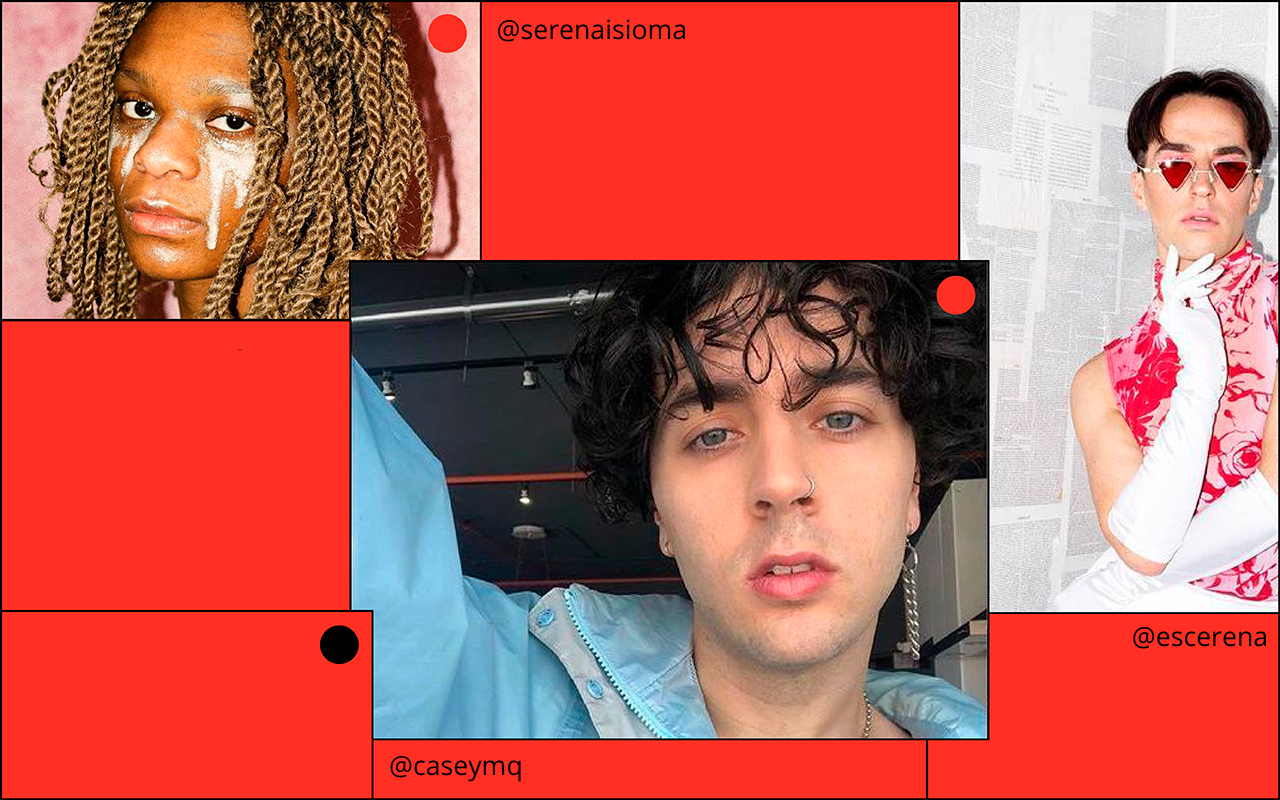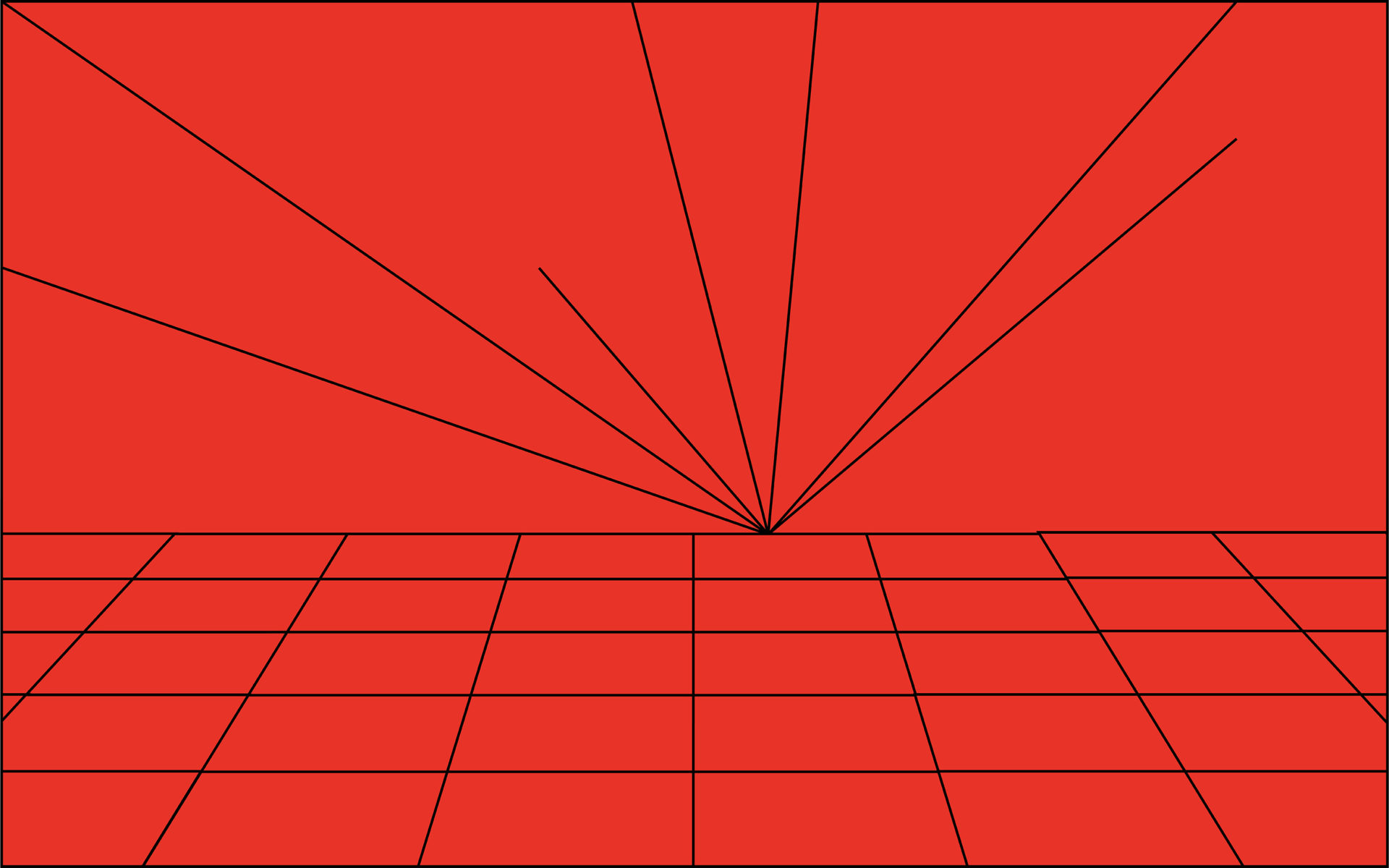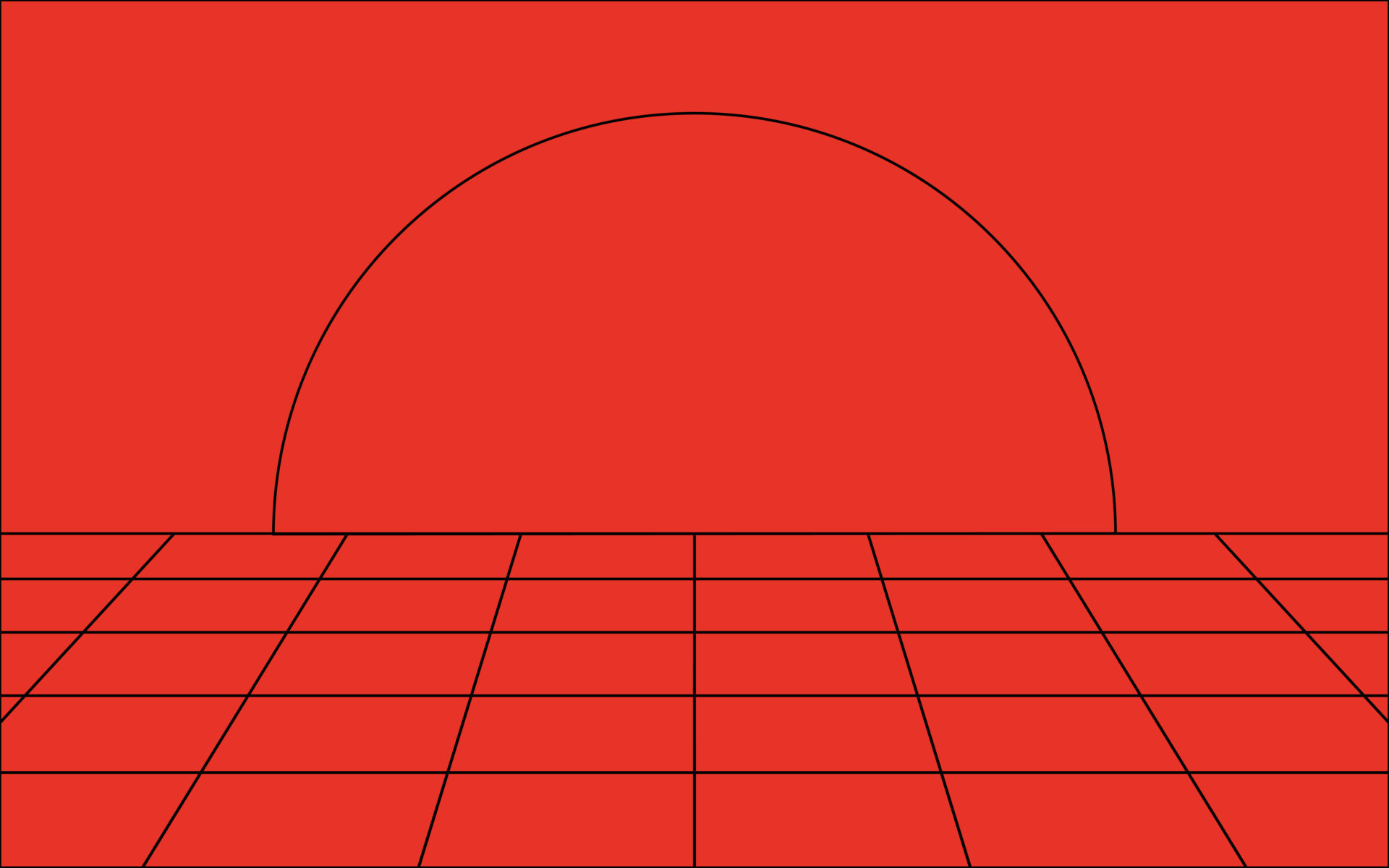“We didn’t aspire to start a thing, per se. It was more like, ‘Let’s get on a Zoom call and have a party. The second night, somebody was already stick-and-poking ‘Club Q’ on their arm.”
While the rest of the world began using Zoom for online conferencing and meetings that could’ve been emails, Club Quarantine (or fondly inscribed as “Club Q”) carved out their own digital space on Instagram.
“It was very much built by our friends,” says pop-electronic artist MQ, a co-founder. “But it immediately became a sort of larger community [of] people wanting to come to the space. They know that they can meet people and chat, they can dance, they can be seen, and they can enjoy good music as a collective, rather than just individually.”

The need to convene in a time of isolation motivates Club Q and in turn, attracts interest from national outlets and stranded clubgoers around the world. Scroll through their page and you’ll find pop culture memes and an effervescent aesthetic funneled through ‘90s and 2000s cultural touchstones and velour. It’s become the coolest place where young LGBTQIA+ people have been logging in since March: a Hollywood Squares of radical self-expression more suited for the after-hours crowd.
Leading a growing wave of concert streams, online performances, and e-parties like it, Club Q has lent its stage to major headliners like alt-pop scene queen Charli XCX — who DJ’ed a maxed-out performance with 1,000 attendees — but also to emerging talent like Serena Isioma, Remi Wolf, BAYLI, and Alice Gao.
popstars on tour in 2020 @charli_xcx #CLUBQ pic.twitter.com/8fuuAgu9Ec
— club quarantine (@reachclubq) April 4, 2020

As the pandemic continues, virtual events have been communal north stars, providing rare moments of escape. But the truth is that if online shows are to continue into the future, someone has to pay for it. Most quarantine e-parties suggest donations to specific causes in lieu of a cover charge, meaning that many founders and organizers foot the bill. Founders have to pay a monthly Zoom subscription fee to allow up to 1,000 participants, but beyond that, the main expense is organizers’ time and labor.
“People approached us saying that they wanted to sort of be involved in Club Quarantine’s space, and we’ve found different ways to sort of intersect,” says MQ. “We did a party with Diesel, Red Bull, and Bud Lite; these are all ways that we can make [online music events] sustainable.”
MQ explains that the money made from brand partnering is used to cover the cost of planning seven or eight parties a week — which turned out to be a full-time job for the Club Q organizers.
“That was absolutely unsustainable,” he says, “There were only four of us at the beginning; but since then, we’ve been a bit more intentional. We work with different people and we make sure we can cover all the artists at a fair rate and pay ourselves.”
Performances streamed from social media accounts themselves don’t make profits. Pairing them with another revenue source, brand sponsorships, unique merch or marketing rollouts are ways the music industry is trying to find footholds in new territory.
Performing artists can make tips from pay-what-you-want-initiatives shared with fans, often through money-sharing apps like Venmo. It’s still not the catch-all that artists need, but online performances are still a chance to keep connected with listeners even if it’s at a safe distance.
MQ pictures a hybrid future for music and live events — a new, post-pandemic sector in the music industry built on worldwide accessibility to any party, festival, or show.

Though everyone agrees that — for all its innovations — online content still isn’t the same as physical events.
But, as the pandemic continues on with quarantine regulations leaving venues in the last phases of re-opening, artists have to continue adapting live performance for a digital-only space. This means ideally a direct stream of revenue and scalable financial model that can provide comparable support to physical touring.

Whether online or in-person, that sense of community is what has and always will carry artists. If you’re looking to create a new online music festival, party, or performance, the importance of your network — both online and IRL — cannot be understated. Participate in other online events, hire people from your community, and use Instagram and Twitter to organically promote and grow your own space.
“Work with your friends [and] do something that you can truly enjoy,” says MQ. “Trying to hit it big with a “Zoom party” kind of thing — it’s really not about that. We try and remind ourselves: Why did we do this in the first place? What brings us joy is having a good time, turning out a look, being gay online, and just being yourself and expression.“





